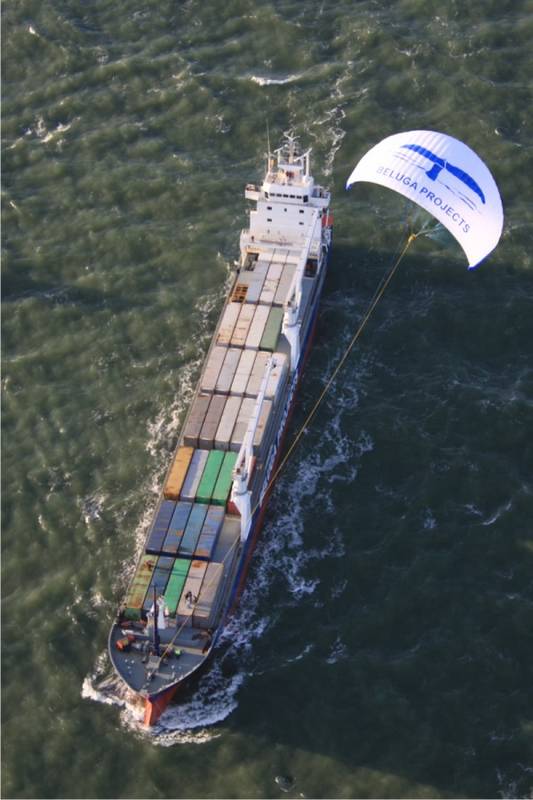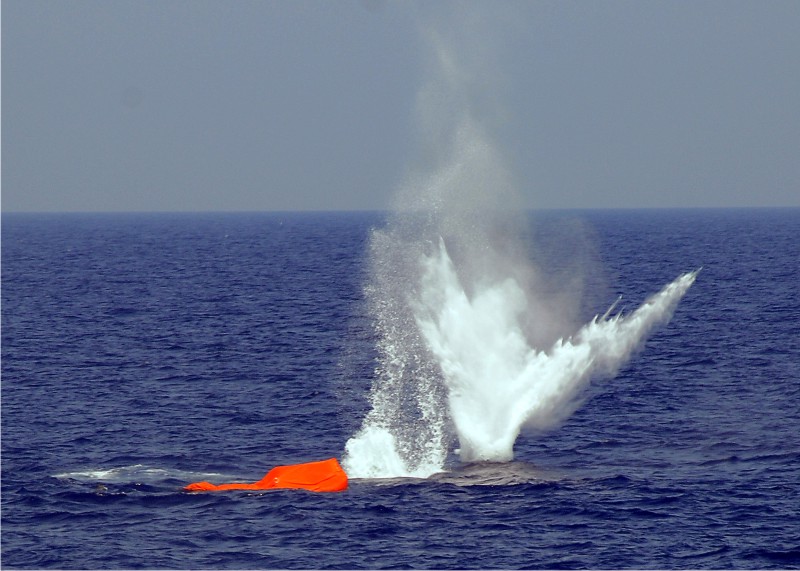
Welcome to MSW’s Scuttlebutt! Here’s the news for the day.

Top 10 U-boat Aces of WW2
Newswriter and crewmate Sean Ford has posted his first installment of the Top 10 U-boat Aces of World War 2. If you haven’t read this installment yet, check it out.
U-boat Aces
Victory at Sea – Battle of Cape Esperance
In our next installment of Victory at Sea, we look at the World War 2 battle Cape Esperance near Guadalcanal.
Victory At Sea

Upcoming Release from Stillmotion
Still Motion Productions have announced their next photo CD: Volume 41 - Dreadnought: Royal Navy Battleships & Cruisers 1905 - WWI (also includes bonus feature of some Russian warships of the period).

This Day in U.S. Naval History
1775 - The Continental Congress establishes a Continental Navy, later known as the U.S. Navy.
1943 - The Destroyer Bristol (DD 453) is sunk, with the loss of 52 lives, by the U-317 off the coast of Algeria.
1954 - USS Saipan (CVL 48) begins relief and humanitarian aid operations for Haitians who were victims of Hurricane Hazel. The operation ended Oct. 19.
Rolls-Royce Wins £96M Contract to Power Royal Navy Aircraft Carriers
Rolls-Royce, a world leader in marine solutions, has won a £96 million contract to provide power and propulsion equipment, including four gas turbines, for two of the world's largest warships - the UK’s new 65,000 tonne aircraft carriers, HMS Queen Elizabeth and HMS Prince of Wales.
The order is an important milestone in the Rolls-Royce marine business strategy of being a major supplier of integrated power and propulsion systems for naval and commercial ships.
Rolls-Royce is supplying the MT30 gas turbine, the most powerful available in the marine market today, as part of an integrated system which includes the giant carrier’s propellers and propeller shafts as well as rudders, stabilisers and some electrical systems.
John Paterson, Rolls-Royce President - Marine said: "The contract is recognition of our ability to supply a wide range of power and propulsion equipment as part of a fully integrated system. The contract is the third major naval programme to be powered by the MT30, as the engine has already been selected for the Lockheed Martin version of the Littoral Combat Ship and DDG-1000 destroyer, both for the U.S. Navy.”
Rolls-Royce is supplying the equipment as part of a ‘sub-alliance’ team that has overall responsibility for delivery of the entire power and propulsion system. The contract has been awarded by the carrier main alliance partner, Thales UK.
Rolls-Royce is also discussing future equipment support options for the two ships, which are due to go into service in 2014 and 2016. The MT30 gas turbines will be assembled and tested in Bristol and delivered in 2011-2013.
BACKGROUND NOTES:
The Marine business of Rolls-Royce employs over 7,000 people in 34 countries with the main manufacturing centres being in the UK, the Nordic countries, the United States and increasingly Asia.
Rolls-Royce is a world leader in marine solutions, providing products, service and expertise to more than 20,000 commercial and naval vessels in the offshore, merchant, naval and submarines markets. It designs ships and its product range includes propulsion systems featuring diesel engines and gas turbines, propellers, thrusters and water jets. Rolls-Royce also provides manoeuvring and stabilising systems and deck machinery. About 40 per cent of marine turnover comes from aftermarket service support, with a global customer support network of sales and service centres in 33 countries. Rolls-Royce equipment is in service with more than 70 navies.
The UK’s Future Aircraft Carriers are being constructed by the Aircraft Carrier Allicance (ACA), consisting of Thales UK, BAE Systems, BVT Surface Fleet, Babcock Marine and Ministry of Defence, which acts as both participant and client. The CVF Power and Propulsion Sub-Alliance is led by Thales UK (as a member of the ACA) with other members being Converteam, L-3 Communications and Rolls-Royce. As an alliance, it will adopt similar ways of working to the ACA in order to generate performance incentives and minimise integration risks.
The carriers are the biggest and most powerful ships ever built for the Royal Navy. Together with the aircraft they will carry, these ships will enable the UK to increase its strategic effect around the world, at a time and place of its choosing.
The MT30 gas turbine order continues a relationship with the Royal Navy that dates back to 1953, when RM60 gas turbines powered HMS Grey Goose. The MT30 is part of the Rolls-Royce Trent family of engines which power commercial airliners.
MT30 has been selected for the Lockheed Martin version of Littoral Combat Ship – USS Freedom. The vessel’s twin MT30s had their inaugural ‘light-off’ recently, marking a first for the engines onboard ship.
The new carriers are due to be equipped with the STOVL (Short Take-Off and Vertical Landing) variant of the F-35 Lightning II (Joint Strike Fighter) aircraft. Rolls-Royce is using its experience with the Harrier's Pegasus engine to develop a new STOVL engine for the F-35. Additionally, Rolls-Royce is teamed with GE to develop the F136 interchangeable main engine for the F-35.
Got Ship’s Cargo? Go Fly A Kite!
“USA Broadening Conservation Focus to Weapons Systems” discussed a number of items, including April 2006 testimony from Ronald O’Rourke, of the Congressional Research Service, which looked at the rising cost of fuel and its implications for the US Navy. One of the most interesting possibilities discussed was the return of high-tech sailing ships, which used sails or even kites made of advanced materials in order to harness wind power as an assist to the engines, offsetting fuel costs.

That concept is no longer speculation – the US Navy’s Military Sealift command has just chartered one.
The 400-foot long MV Beluga SkySails departed Newport, Wales on Oct 5/08 after the first of 3 European port calls to load U.S. Army and U.S. Air Force cargo, before the ship’s month-long voyage to the United States. It’s the world’s first operational cargo ship to use a giant, computer-controlled sky sail that can rise 100 or more yards into the air, thanks to a novel technology from the German firm SkySails GmbH of Hamburg, Germany that adds efficiency, but prevents issues like ship heeling in strong winds.
The ship’s novel technology was not an explicit factor in the award, but the operating company estimates that the sky sail can reduce fuel costs by 20 – 30%, or roughly $1,600 per day. If so, that would be an important competitive edge when pricing the charter bid.

For all you fans of college football, here’s this week’s AP Top 5
1. Texas
2. Alabama
3. Penn State
4. Oklahoma
5. Florida
Scores from around the country…
No. 1 Oklahoma falls to No. 5 Texas 45-35.
No. 2 Alabama had the week off.
No. 3 Missouri is stunned by Oklahoma St. 28-23.
No. 4 LSU gets chomped by the Florida Gators 51-21.
Scores of interest
VMI blows past Coastal Carolina 47-20.
Senior Newswriter Gator Loup’s alma mater McNeese falls to Texas St. despite late game rally 45-42.
Military Academy Scores
Navy had the week off.
Army over Eastern Michigan 17-13.
Air Force flies over San Diego State 35-10.
Photo of the Day

A gunnery target known as "the killer tomato" is hit and deflated by fire from a MK-38 25mm gun system during a live fire exercise aboard the guided-missile cruiser USS Vella Gulf (CG 72).
Gator











